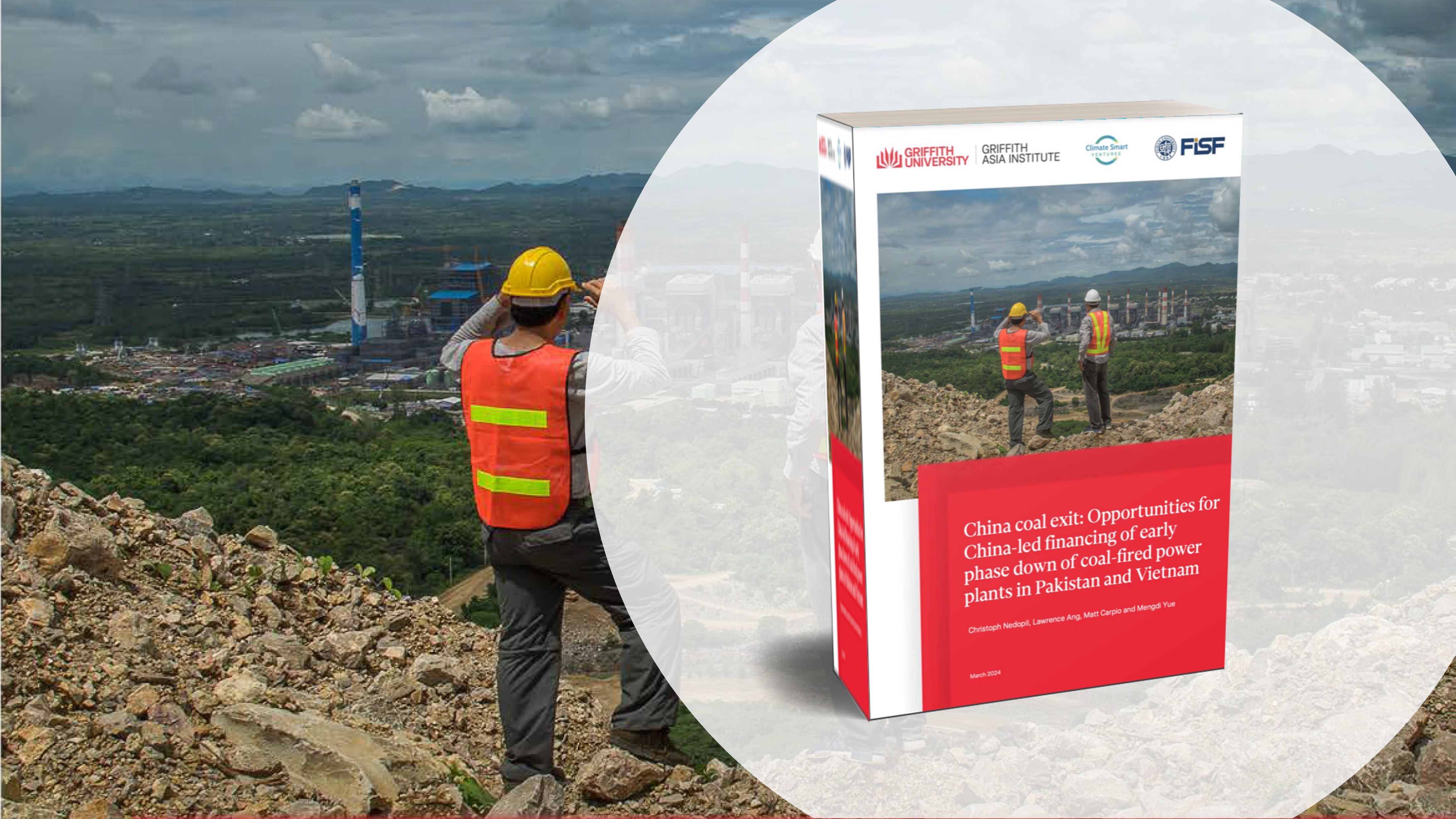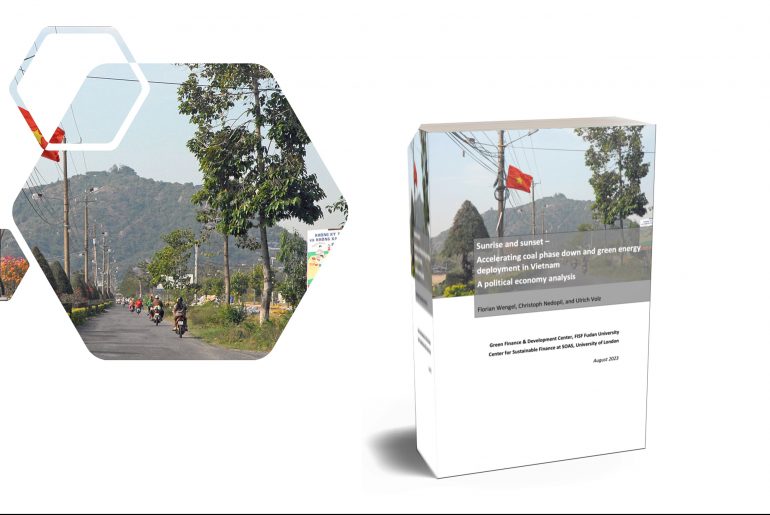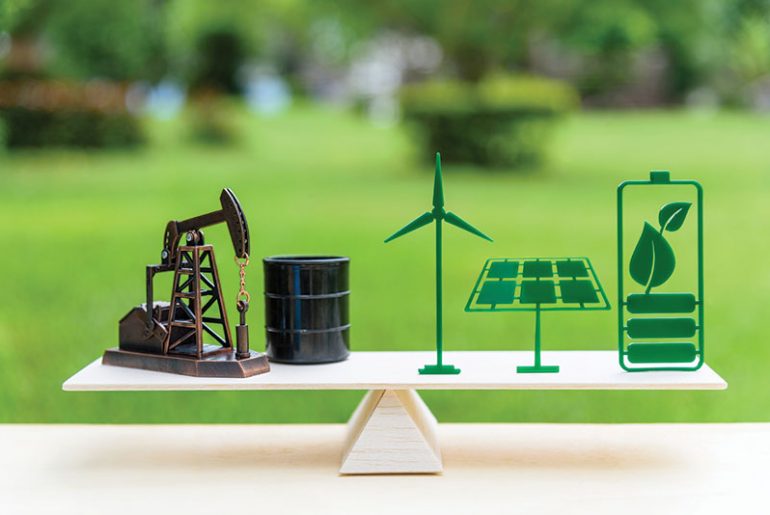In this new report co-published with the Griffith Asia Institute, we look at major developments, trends, and issues in China’s domestic and overseas green finance. Introduction Echoing the central government’s “30/60” decarbonisation goal of reaching a carbon peak before 2030 and carbon neutrality before 2060, China attaches great importance to…
Download report The study “China coal exit: Opportunities for China-led financing of early phase down of coal-fired power plants in Pakistan and Vietnam” evaluates the financial impact of early retirement of coal-fired power plants (CFPPs) in Asia, specifically focusing on six Chinese-sponsored plants in Pakistan and Vietnam. The research was…
>>Download pdf of issue brief Green energy transition coal phase-down Vietnam Pakistan BRI Workshop summary Issue Brief Cover Achieving global climate goals necessitates a rapid reduction of emissions from coal fired power stations through accelerated phase-down of coal fired power plants (CFPPs) and a rapid expansion of renewable energy sources.…
In a new report, Florian Wengel (Centre of Sustainable Finance, SOAS University of London), Christoph Nedopil (GFDC), and Uli Volz (also Centre for Sustainable Finance) analyze the opportunities for accelerated coal phase-down and green energy expansion in Vietnam. >>Download “Sunrise and sunset – Accelerating coal phase down and green energy expansion in…
The text is based on an article published in Science on March 16, 2023 by the author. More information, including a copy of the paper, can be found online here. The reduction of environmental risks, such as climate change and biodiversity loss, is a challenge requiring global cooperation. It is…
Download here The role of scenarios for valuing early coal retirement opportunities In this issue brief, we introduce three future scenarios to better evaluate the value of coal-fired power plants (CFPPs) for possible early retirement. We invite all interested friends and partners to share their thoughts & feedback on these…
This article was originally published in The World Financial Review. The green transition of energy, transport, industry, urbanisation and agriculture requires a massive acceleration of global green investments across the world to meet the Paris agreement and reverse the loss of biodiversity. Yet so far, green finance lacks harmonised definitions…
On June 1, 2022, the China Banking and Insurance Regulatory Commission (CBIRC) issued the “Green Finance Guidelines for the Banking and Insurance Industry”. The Guidelines consolidate the 2019 Guidelines on the high-quality development for the Banking and Insurance Industry and focus particularly on green banking (e.g., green loans, green credit)…
Download full report here In our new brief written by Christoph Nedopil, Mengdi Yue, and Ulrich Volz and published together with the Green Finance & Development Center at FISF Fudan University and the Centre for Sustainable Finance at SOAS University of London, we analyze global practices for financing early coal…
Introduction of Nationally Determined Contributions (NDCs) In order to tackle climate change, all member parties that have ratified the Paris Agreement are required to submit their Nationally Determined Contributions (NDCs) to the UNFCCC secretariat, outlining and communicating their national climate goals and actions. These NDCs can include information on mitigation, adaptation, finance, technology transfer, capacity building, and…









